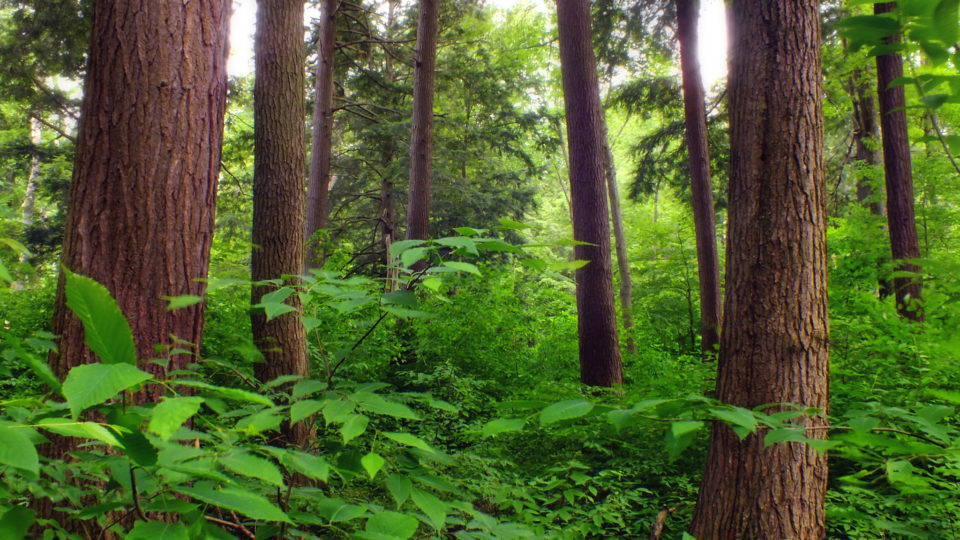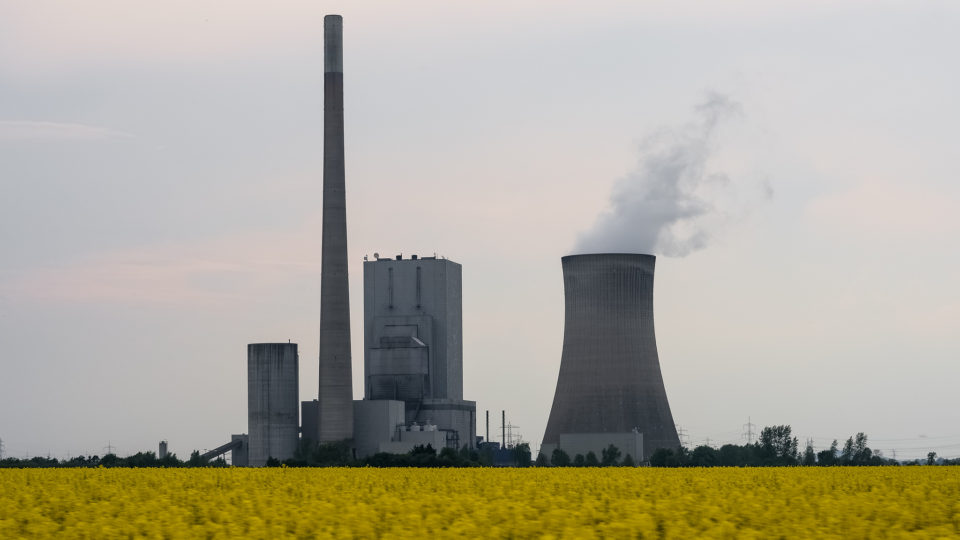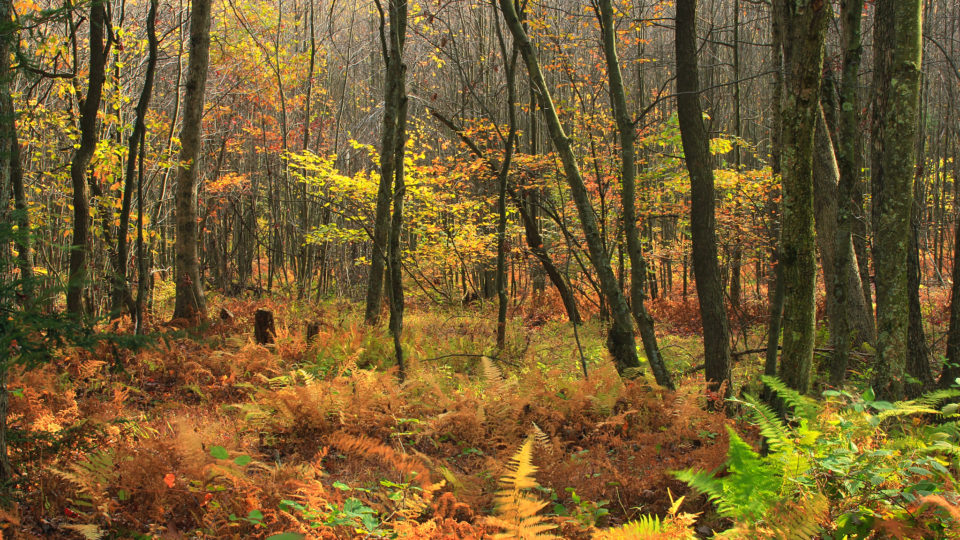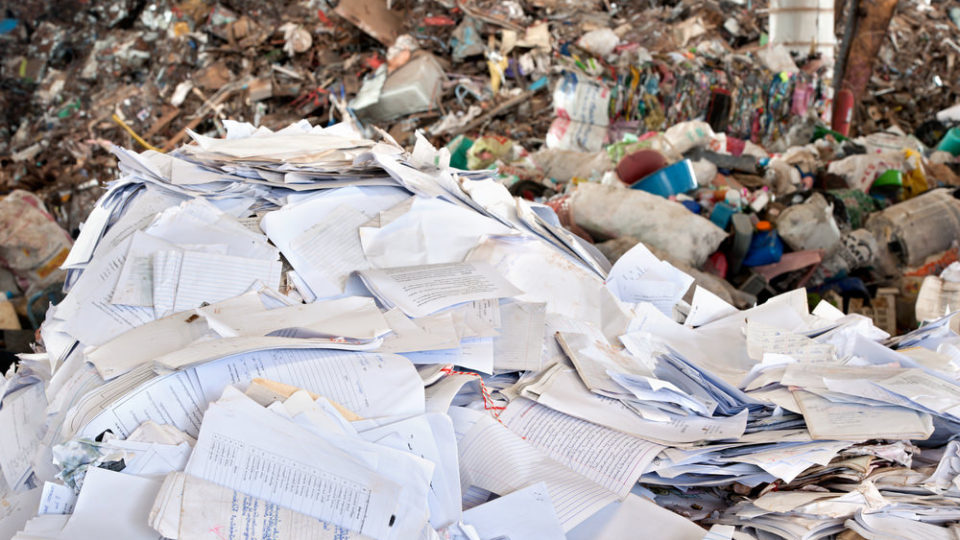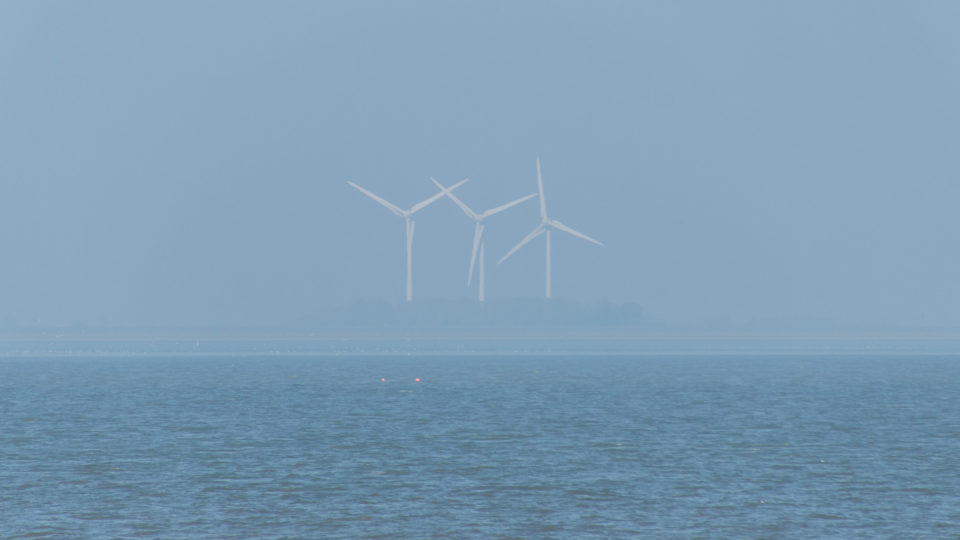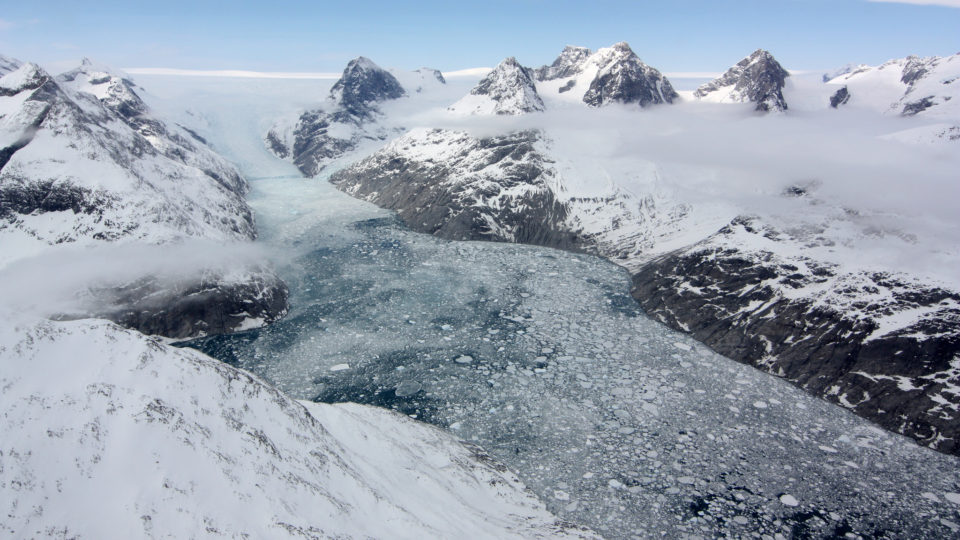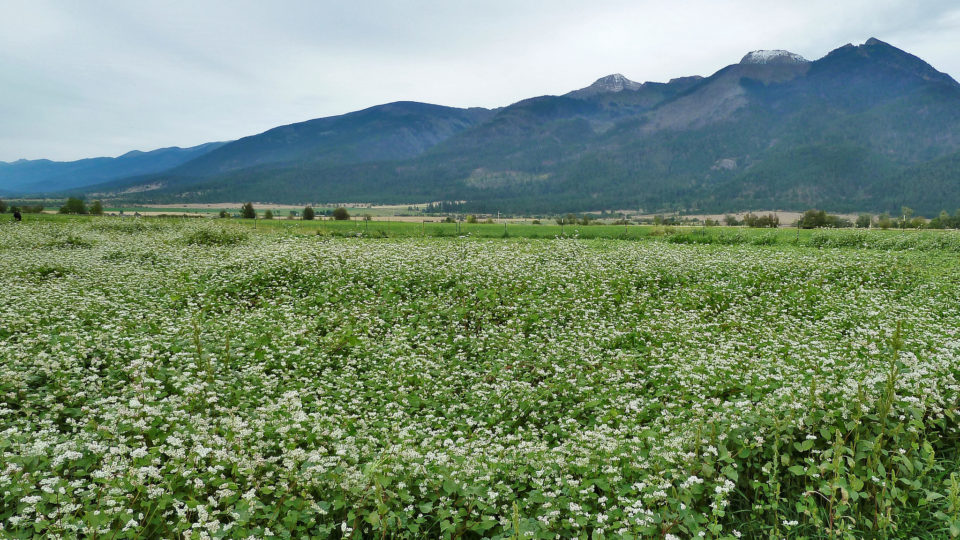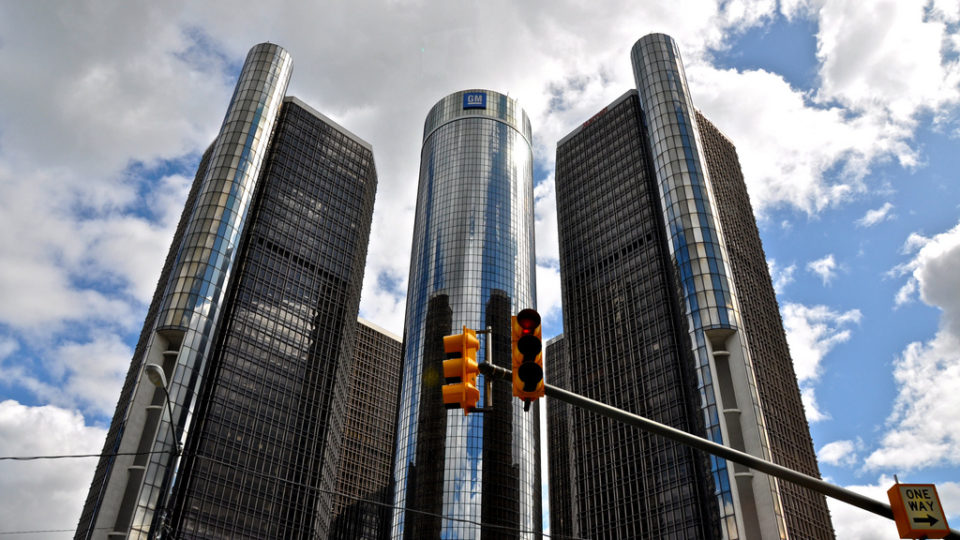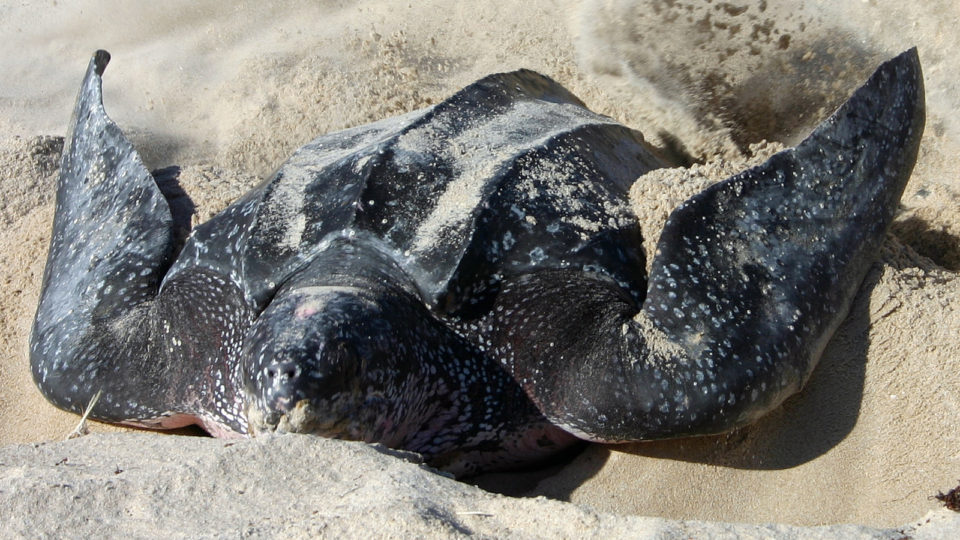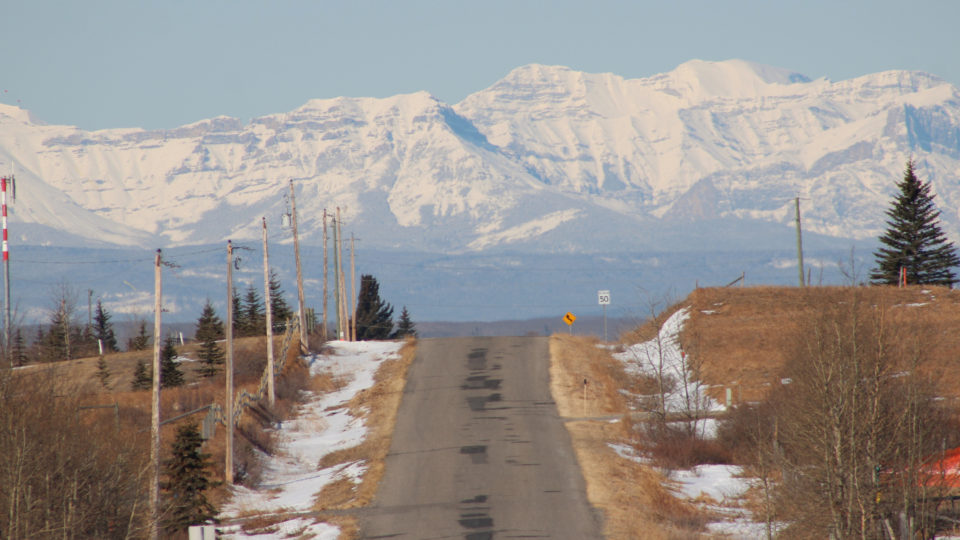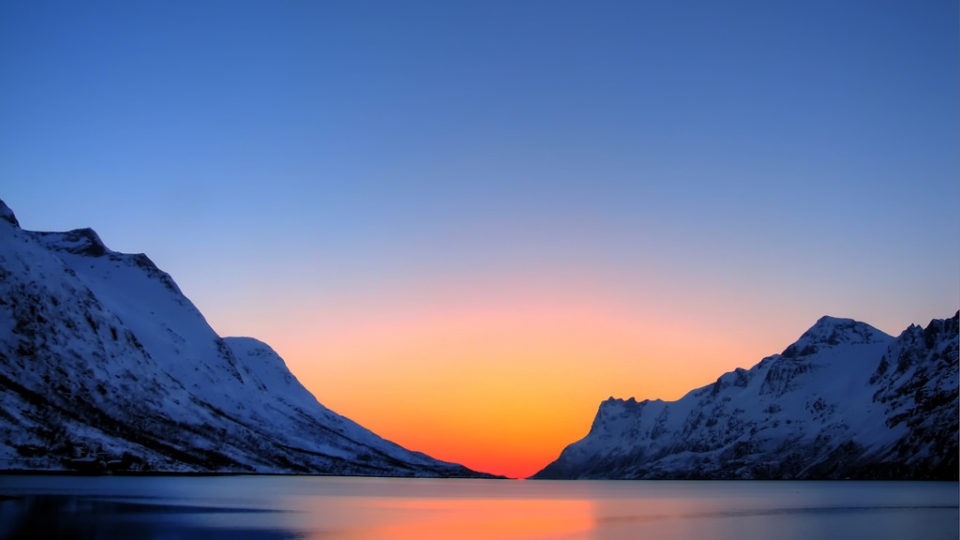Natural Climate Solutions
The Paris Climate Agreement embodies a commitment to hold the increase in the global average temperature to less than 2 Celsius degrees above preindustrial levels. Most strategies to achieve this goal involve reductions in greenhouse gas emissions from human activities such as burning fossil fuels as well as various land use activities. But there are also so-called Natural Climate Solutions, which relate to the storage of carbon and reduction in carbon emissions across global forests, wetlands, grasslands, and agricultural lands.
A Carbon Loophole
Many power plants in Europe and elsewhere are replacing coal with wood. For example, the Drax Power Station in Britain was its largest coal-burning plant and is now using wood pellets shipped from the southern U.S. in its boilers. According to the carbon accounting rules at the EU and elsewhere, the process is considered to be “carbon neutral.” But is it?
The idea is that new trees are being planted in the forests where the trees are cut to be burned in power plants. So, there is carbon neutrality. In principle.
European countries have embarked on a massive effort to switch to generating power from renewable energy. While there has indeed been major growth in wind and solar power in the 28 countries of the European Union, much of the new “green” power has come from burning wood in converted coal power stations.
A group of 200 scientists wrote to the EU last September insisting that bioenergy from forest biomass is not carbon neutral and that there must be tighter rules to protect forests and their carbon. Wood burning has become a loophole in controlling carbon emissions.
There are problems with the claims of carbon neutrality. There is no way to know whether enough new trees are actually being planted to replace those being burned. And then there is the time lag for tree replacement. Trees don’t grow overnight. There are also the carbon emissions associated with harvesting, processing and transporting wood.
There are most certainly ways in which burning biomass can be carbon neutral and can represent real progress over the use of fossil fuels. But caution must be taken to avoid exploiting loopholes in current climate rules that might actually result in increased carbon emissions.
**********
Web Links
Carbon Loophole: Why Is Wood Burning Counted as Green Energy?
Photo, posted April 26, 2014, courtesy of Flickr.
‘A Carbon Loophole’ from Earth Wise is a production of WAMC Northeast Public Radio.
Removing CO2 With Plants
Plants are the world’s great storehouse of carbon dioxide. That is why deforestation is a major contributor to climate change. If only there were more trees and plants, more of the CO2 in the atmosphere would be absorbed and could no longer trap heat in the atmosphere.
Biomimicry Is Big
Biomimicry is learning from and then emulating nature’s forms, processes, and ecosystems to create more sustainable designs. Mother Nature is already the inspiration for countless products and designs ranging from Velcro copied from plant burs to the shape of wind turbines modeled after whale fins. There are wetsuits inspired by beaver pelts and office buildings that copy termite dens. Increasingly, innovators are looking at nature for designs in architecture, chemistry, agriculture, energy, health, transportation, computing, and even for the structure of organizations and cities.
A Better Way To Make Hydrogen
There is a great deal of interest in developing cost-effective, energy-efficient and environmentally-friendly ways of producing hydrogen. If hydrogen-powered vehicles are to catch on, it is essential.
Banning Foreign Trash
Since the 1980s, China has been the largest importer of foreign trash. In 2012, up to 56% of global exported plastic waste wound up in China. The trash has been both a valuable resource for the country’s booming manufacturing sector as well as an enormous source of environmental and health problems.
Renewable Energy Trends
There are major trends going on in the renewable energy world. Several will merit close attention this year.
Algae And The Greenland Ice Sheet
The Greenland Ice Sheet is the second largest ice body in the world, after the Antarctic ice sheet. It is about 1,500 miles long, nearly 900 miles across at its widest point, and averages more than a mile in thickness. It has experienced record melting in recent years and is a source of great concern as the climate continues to warm. The Greenland Ice Sheet is losing an estimated 270 billion tons of ice each year. If the entire sheet were to melt, global sea levels would rise by 24 feet which, of course, would be a world-wide catastrophe.
Geothermal Power For LA
Los Angeles has a tremendous thirst for electric power and is always trying to find new sources. On December 1, the Los Angeles Department of Water and Power began buying all the power generated by the brand-new 24 MW Tungsten Mountain geothermal power plant located in Churchill County in Nevada’s Great Basin region.
Small Grains In Corn Country
Large portions of the Midwest are called the Corn Belt and for good reason. Overall, about 90 million acres or 140,000 square miles of the United States are planted with corn and about half of that is in Iowa, Illinois, Nebraska and Minnesota. In most of the Corn Belt, the corn is planted in rotation with soybeans. Both are warm weather crops and the soil is left barren for nearly half of the year when the two crops are out of season.
Carmakers Protecting The Ground And Air
There is quite a bit of effort underway to reduce the amount of pollution automobiles dump into the atmosphere. The expanding role of electric cars is a big part of this.
Is The World’s Largest Sea Turtle No Longer Endangered?
The rapid disappearance of many plants and animals around the world has many scientists saying we are experiencing a sixth mass extinction – the first since the dinosaurs were wiped out some 66 million years ago. Despite all sorts of conservation efforts, living things are struggling as a result of climate change, habitat loss, and countless other natural and manmade pressures. Conservation success stories have been few and far between.
[Read more…] about Is The World’s Largest Sea Turtle No Longer Endangered?

